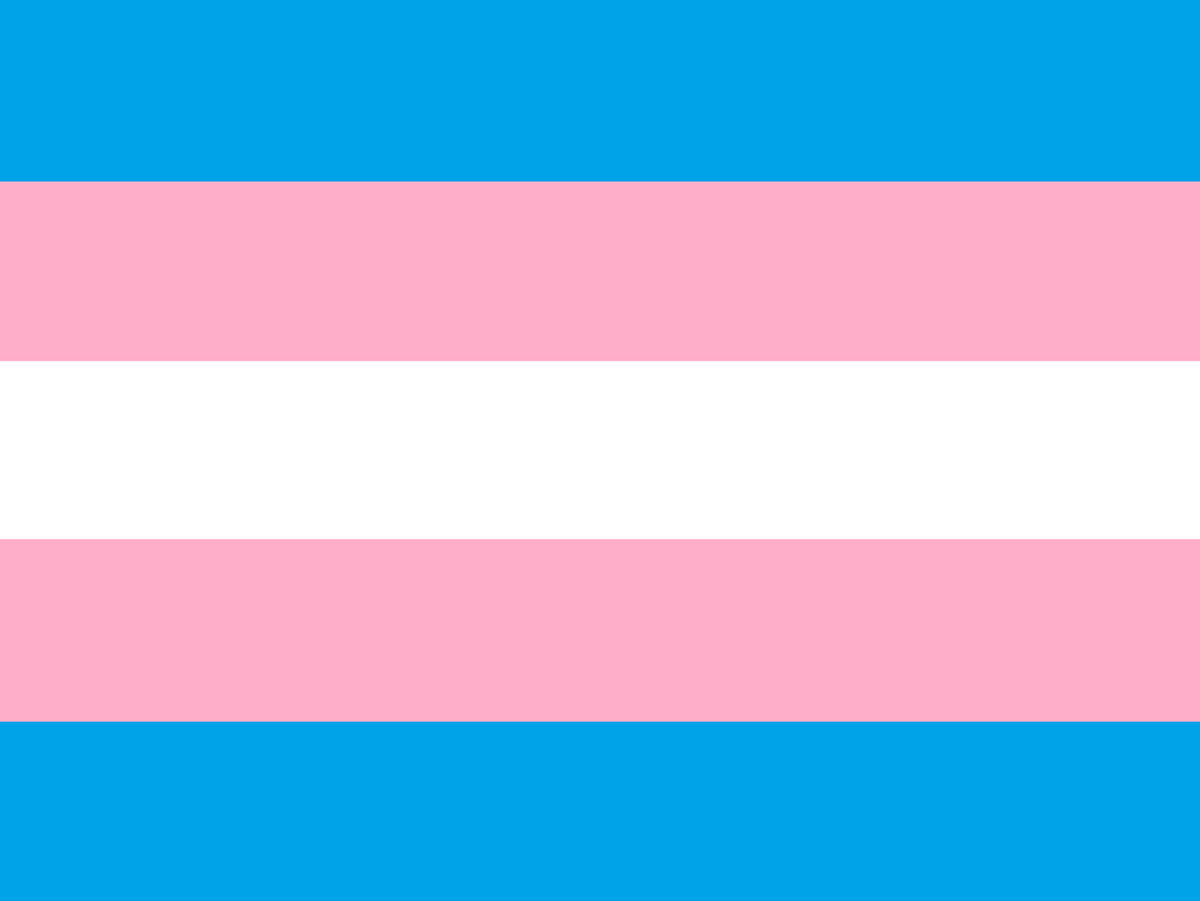Thousands have been protesting and camping out at the Standing Rock Sioux reservation, including representatives of over 100 Native American tribes, to halt the construction of the $3.7 billion dollar Dakota Access Pipeline. The proposed pipeline would span 1,172 miles across four states and would send crude oil to refining markets in Illinois. Not only will it mean a boom in the economy, but, it could also mean a denial of human rights to the Native American community. Thousands have checked in at Standing Rock in support for the indigenous community, but the discussion gets swayed in the wrong direction. Here are some things we need to understand about our fellow Americans who are fighting for their rights at Standing Rock.
The pipeline could affect the water supply of the Standing Rock Sioux.
How much would this pipeline affect the lives of the Native American community?
The Missouri River is the tribal reservations’ primary source for drinking water and if the pipeline bursts or leaks, it would send oil deep into the river leaving detrimental effects to the lives of tribal nations. Reports say that oil and petroleum pipeline accidents are highly common.
The proposed route also passes through North Dakota's Lake Oah, a burial ground sacred to the Standing Rock Sioux Tribe, also a major source of drinking water.
The water protectors at Standing Rock are seeking justice for the right to clean water.
The Dakota Access Pipeline was redirected from Bismarck, North Dakota, when a community, being 90 percent white, raised concerns about how it could jeopardize their water supply.
The Native American community is doing the same, except their concerns don’t result in accommodations but in violence and arrests.
When it comes to talking about the Native American protests against the Dakota Access Pipeline, it isn’t emphasized enough that the rights of the Native Americans are being deprived of. They have a right to defend their water and their lives. This is not about how this pipeline affects us all, it’s about how it directly affects the Native community. While climate justice is an important issue, the discussion needs to center around seeking justice for the lives of the indigenous community and provide them with our utmost support.
The recent struggles at Standing Rock only show that their humanity is not yet valued as it should be.
President Obama has recently said the U.S. Army Corps of Engineers is considering rerouting the Dakota Access Pipeline according to ABC News. But, monitoring of the situation will continue for several weeks.
It is an ongoing struggle against colonial violence.
In order to truly stand in solidarity for the Native Americans on the front lines of Standing Rock, it is important to understand how they feel. The violent colonization that disempowered, marginalized and killed Native Americans was legitimized by federal policies according to the Journal of Interpersonal Violence. Direct action trainer and co-founder of The Chicago Light Brigade Kelly Hayes, wrote a perspective on how to talk about #NoDAPL where she writes that the “Dakota Access pipeline is a front of struggle in a long-erased war against Native peoples.”
Violence against the Natives continues today. Native Americans are killed at a higher rate by law enforcement than any other racial group. 100 million have been killed in the genocide of Native Americans according to Hayes.
Even today, the water protectors face violence and arrests. Just last Thursday, during a peaceful march, 141 protestors were arrested after the standoff against the National Guard according NBC News. The chairman of the Standing Rock Sioux Tribe called law enforcement’s eviction of the protestors a “militarized” response.
Activists have reported humiliation, beatings and unnecessary strip searches of arrests. During a march on October 22nd, armored riot police attacked protesters with tear gas and arrested 83.
Despite the violence, water protectors continue to struggle and fight for their lives.























